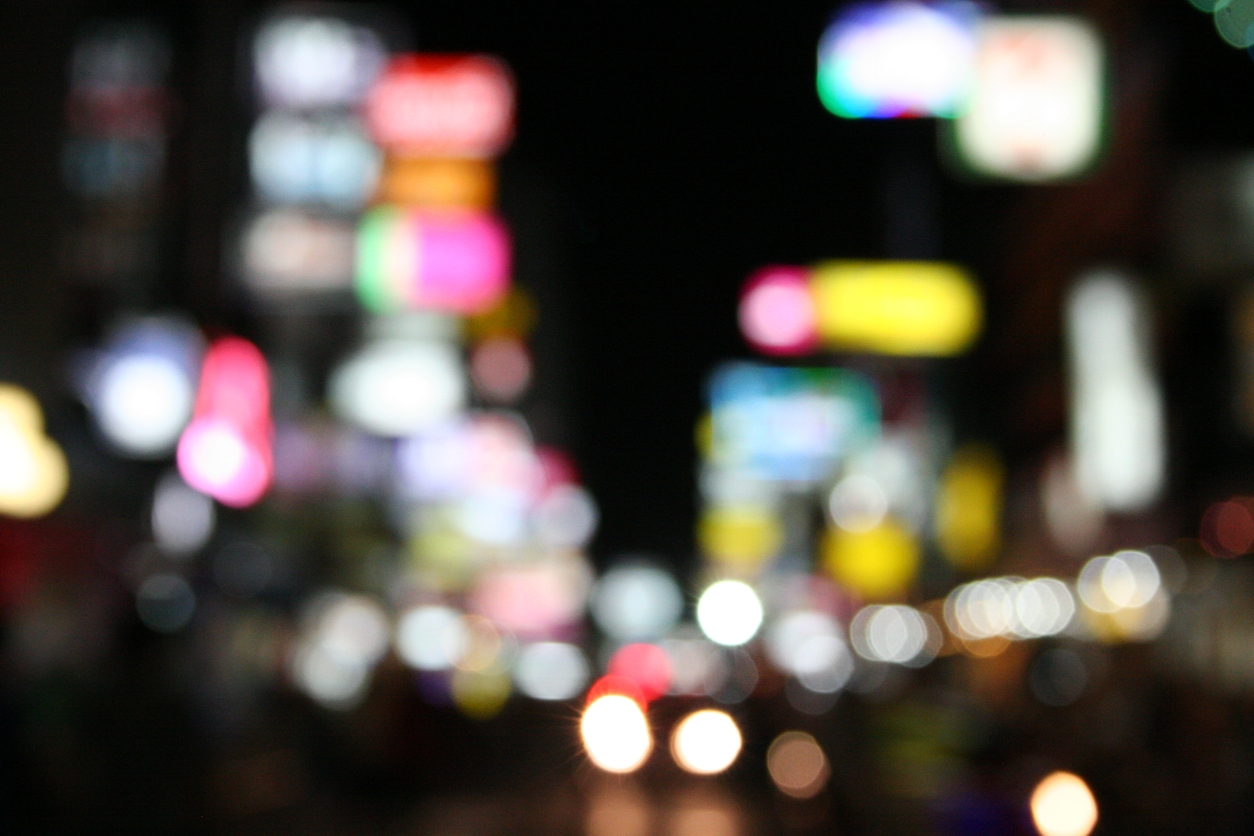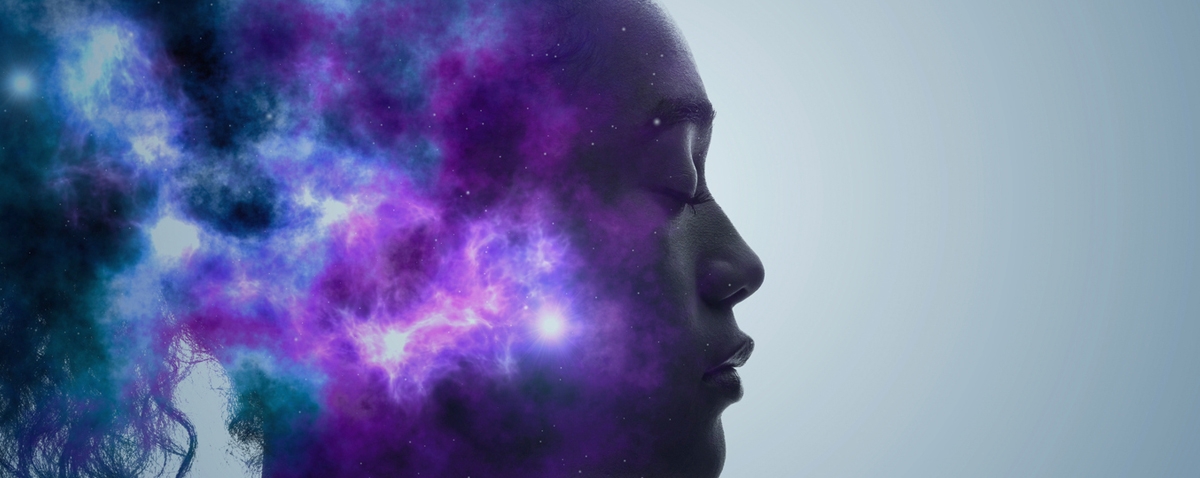Do you sometimes experience unusual sensations when you look at or hear certain things? Have you ever had the feeling that colors have a smell? Or that music has a texture? If so, you may have a condition known as synesthesia. This rare neurological condition manifests itself in a way that most of us can only dream of.
Synesthesia is a neurological phenomenon which causes an individual’s senses to become linked. The condition is not limited to any one type of sensory experience. Many individuals experience visual, auditory and tactile combinations of senses. Synesthesia can manifest itself in many different ways, such as hearing colors, seeing sounds, or tasting shapes. It is not a physical ailment, but rather a perceptual difference that some people experience on a regular basis.
Fascinating right?
In this post, we’ll explore what synesthesia is, how it’s diagnosed, and the odds of having it. We’ll also discuss how it’s treated, what research has been done on it, and how it affects the lives of those who have it. Whether you’re curious about synesthesia or suspect you may have it, this post has all the information you need.
Prevalence of Synesthesia
| Type of Synesthesia | Prevalence |
| Grapheme-color synesthesia | 1.4% of the population |
| Chromesthesia | about 1 in 3,000 people |
| Spatial sequence synesthesia | 1 in 2,000 individuals |
| Lexical-gustatory synesthesia | 0.2% of the population |
| Mirror-touch synesthesia | two in 100 people |
| Personification synesthesia | More research needed |
| Ordinal-linguistic personification | 33% of 248 interviewed synesthetes |
Synesthesia appears in around 2-4% of the population. [1] However, the number may be higher since many people may not realize they have synesthesia or are hesitant to discuss it with others due to misperceptions and stigma associated with it.
There are several different types of synesthesia, each with its own prevalence rates.
- Grapheme-color synesthesia is the most common type and is characterized by seeing letters and numbers in specific colors. It is estimated to occur in around 1.4% of the population. [2]
- Chromesthesia or sound-color synesthesia, involves seeing colors in response to hearing sounds or music. This type is less common, occurring in about one in 3,000 people. [3]
- Spatial sequence synesthesia is seeing numerical sequences as occupying specific spatial locations, such as seeing numbers arranged in a particular pattern in space. It is estimated to occur in about one in 2,000 individuals. [4]
- Lexical-gustatory synesthesia involves experiencing tastes in response to hearing or reading words. It is rarer than the other types, and estimated to be prevalent in less than 0.2% of the population. [5]
- Mirror-touch synesthesia is the feeling of physical sensations in response to seeing another person being touched. About two in 100 people have this type of synesthesia.
- Personification synesthesia involves attributing personalities or traits to objects. More research is needed to better understand this type of synesthesia and its prevalence rates.
- Ordinal-linguistic personification is seeing personalities or gender associated with numbers or letters. It is very common among the synesthetic population. A study interviewed 248 synesthetes with 33% attributing human traits to numbers or letters. [6]
Causes of Synesthesia
The exact causes of synesthesia are unknown but there are several theories as to what may contribute to its development.
Biological Factors
The exact causes of synesthesia are not well understood, but it is believed to have a biological basis. One theory is that synesthesia is caused by increased connectivity between different areas of the brain that are normally separate. This increased connectivity may result in cross-activation of different sensory or cognitive pathways, leading to the experiences of synesthesia. [7]
Researchers also believe that there are genetic components to synesthesia, as it has been found to run in families. People who have it are likely predisposed to this neurological phenomenon due to their biology. However, the specific genes involved in synesthesia have not yet been identified.
Do you know what else is genetic? Heterochromia. Learn about the odds of having different-colored eyes.
Environmental Factors
There are several environmental factors that have been identified as triggers of synesthesia. These include:
- Developmental changes: Synesthesia may develop during early childhood when the brain is still developing and connections between different regions are being established. [8]
- Drugs or medications: Certain drugs or medications have been known to induce synesthesia, suggesting that alterations in brain chemistry can also play a role. [9]
- Meditation or mindfulness practices: Some individuals have reported experiencing synesthesia-like symptoms during meditation or mindfulness practices. [10]
- Trauma or injury to the brain: Some cases of acquired synesthesia have been linked to brain injuries or traumas, such as strokes or head injuries. [11]
Diagnosis and Testing

Diagnosing synesthesia can be challenging, as it is a subjective experience that is difficult to measure objectively. In order to diagnose someone with synesthesia, doctors must first rule out any other medical or neurological conditions.
Common Tests Used To Determine if Someone Has Synesthesia
There is no single test that can diagnose synesthesia definitively, but there are a few common methods that can be used to determine if someone has synesthesia:
- Self-report questionnaires: One of the most common ways to diagnose synesthesia is to use self-report questionnaires. These questionnaires ask individuals to describe their sensory experiences in response to certain stimuli, such as letters or numbers. They may also ask about the consistency of these experiences over time.
- Behavioral tests: Some behavioral tests have been developed to measure the presence of synesthesia. For example, the Stroop test measures how quickly an individual can name the color of a word, even when the word itself is a different color. Individuals with synesthesia may show different response times or errors in these tests.
- Neuroimaging: Some studies have used neuroimaging techniques, such as functional magnetic resonance imaging (fMRI), to identify differences in brain activity between individuals with synesthesia and those without. For example, researchers may look for increased connectivity between certain brain regions in individuals with synesthesia.
- Clinical interview: A clinical interview with a trained professional may also be used to diagnose synesthesia. During the interview, the clinician may ask about the individual’s experiences and try to determine if they meet the criteria for synesthesia as defined by the Diagnostic and Statistical Manual of Mental Disorders (DSM-5).
Living with Synesthesia

Living with synesthesia can come with its own set of challenges. The synesthete may experience difficulty in communicating their experiences, have to face skepticism from those who don’t understand it, or at times feel overwhelmed by the intensity of their sensations. Let’s explore some challenges they have to face:
Overstimulation
People with synesthesia may experience an overwhelming amount of sensory information, making it difficult to focus and concentrate. It can lead to anxiety, stress, and exhaustion.
Misinterpretation
Synesthetic experiences can be confusing and may be misinterpreted by others, leading to difficulties in social interaction. Sometimes a simple conversation can be too much.
Distraction
An intense amount of sensory information can be distracting, leading to difficulty in staying focused or completing tasks at hand.
How Synesthesia Can be an Asset
This neurological phenomenon can be an asset in many ways. These include:
- Creativity: Synesthesia has been linked to increased creativity, as it allows people to see and experience things in a unique way. [12]
- Memory: Synesthetic experiences can help people remember information more vividly, making it easier to recall and retain. [13]
- Enhanced sensory perception: Synesthesia can enhance sensory perception, making it easier for people to distinguish between similar stimuli. [14]
- Improved problem-solving: Synesthetic experiences can help people approach problems in new and creative ways. [15]
Ways To Manage and Cope With Synesthesia
For those coping with this condition, it is important to acknowledge and accept its presence as part of who they are. Embracing its potential benefits while managing any negative responses that come along with it can help reduce anxiety and stress associated with it. It is possible through mindfulness techniques such as deep breathing exercises or meditation practices that increase awareness of one’s own body sensations during particular triggers.
Additionally, seeking out professional help from a therapist trained in sensory integration disorder (SID) therapy can be beneficial for working through any issues caused by this condition.
Common Misconceptions About Synesthesia
Synesthesia is a fascinating phenomenon in which stimulation of one sense can elicit a secondary experience in another sense. However, there are several misconceptions about synesthesia that are worth addressing:
Synesthesia is a Disorder
Synesthesia is not a disorder or a disease, but rather a neurological condition that affects approximately 4% of the world population. In fact, many synesthetes perceive their synesthetic experiences as an advantage, as it can enhance creativity and memory.
Want to learn more interesting facts about world population? Check this post.
Synesthesia is Always Visual
While the most common form of synesthesia involves the perception of colors, synesthetic experiences can involve any combination of senses, including taste, touch, smell, and sound.
Synesthesia is Always Consistent
Synesthetes do not necessarily perceive their experiences consistently. For example, a synesthete may associate the letter “A” with the color red, but under certain conditions, such as when tired or stressed, they may associate it with a different color.
Synesthesia is Purely Genetic
While there may be a genetic component to synesthesia, research suggests that environmental factors can also play a role in its development.
Everyone Experiences Synesthesia
While everyone may have a degree of sensory overlap, not everyone experiences synesthesia. Synesthesia is a distinct neurological phenomenon that is experienced in a consistent and involuntary manner
How Synesthesia Impacts People’s Lives?

Synesthesia can have a profound effect on those living with it both positively and negatively depending on individual circumstances and experiences with the condition. While it may lead to feelings of frustration because one is constantly bombarded by myriad sensations at once, it can also bring comfort by providing them a way of interpreting the world that no one else can understand or truly comprehend. This often leads them down interesting creative paths they would not have explored otherwise.
Additionally, living with this neurological phenomenon can give people new life experiences they never knew existed. This could include making new friends who share similar perceptions or discovering things about themselves through examining their sensations more carefully.
Famous People With Synesthesia
Synesthesia has been around for a long time and many famous writers, musicians and artists had some form of this condition. Here are some examples of famous people with synesthesia:
Vincent Van Gogh
The famous painter is believed to have experienced synesthesia, which may have influenced his use of color in his paintings. He is said to have associated certain colors with specific emotions or moods.
Billie Eilish
The singer-songwriter has talked publicly about her experiences with synesthesia, which include seeing colors in response to music. She has said that different chords and melodies evoke different colors and shapes for her.
Lorde
The singer-songwriter has said that she experiences synesthesia, which allows her to see colors and shapes in response to music.
Kanye West
The rapper and producer has said that he experiences synesthesia, which he describes as “seeing sound.” He has talked about how this influences his creative process, and has even designed an album cover that he says represents the colors he sees when he listens to music.
Pharrell Williams
The musician and producer said that he experiences synesthesia, which allows him to see colors in response to music. He has talked about how this influences his songwriting and production, and has even designed a line of clothing based on the colors he sees in different musical genres.
Conclusion
The odds of having synesthesia greatly depend on the type being considered as well as individual circumstances like genetics and environment throughout one’s life. Statistics show that 2-4% of individuals worldwide have some form of this neurological phenomenon which is estimated to be around 4 million people globally.
Although living with synesthesia can bring its own set of difficulties, it can also bring comfort knowing that someone with similar perspectives exists amongst us and seeing the world from a different perspective.
References:
- Survival of the Synesthesia gene: Why do people hear colors and taste words? (n.d.). PubMed Central (PMC). https://www.ncbi.nlm.nih.gov/pmc/articles/PMC3222625/
- Tilot AK et al. 2019 Investigating genetic links between grapheme–colour synaesthesia and neuropsychiatric traits. Phil. Trans. R. Soc. B 374: 20190026. http://dx.doi.org/10.1098/rstb.2019.0026
- Palmer, S. E. (2015, July 13). What color is this song? Nautilus. https://nautil.us/what-color-is-this-song-235546/
- Everyday Fantasia: The world of synesthesia. (n.d.). https://www.apa.org. https://www.apa.org/monitor/mar01/synesthesia
- A taste for words and sounds: A case of lexical-gustatory and sound-gustatory synesthesia. (n.d.). Frontiers. https://www.frontiersin.org/articles/10.3389/fpsyg.2013.00775/full
- Ordinal linguistic personification and personification in general. (2023, March 25). The Synesthesia Tree. https://www.thesynesthesiatree.com/2021/03/ordinal-linguistic-personification-and.html?m=1
- Everyday Fantasia: The world of synesthesia. (n.d.). https://www.apa.org. https://www.apa.org/monitor/mar01/synesthesia
- Semantic mechanisms may be responsible for developing synesthesia. (n.d.). Frontiers. https://www.frontiersin.org/articles/10.3389/fnhum.2014.00509/full
- The MIT Press Reader. (2019, September 10). Exploring drug-induced Synesthesia. https://thereader.mitpress.mit.edu/exploring-drug-induced-synesthesia/
- Increase your mindful synesthetic awareness. (2018, January 25). Synesthesia Meditation. https://synesthesia.com/blog/synesthesia-meditation/
- Second known case of patient developing synesthesia after brain injury. (2023, April 28). ScienceDaily. https://www.sciencedaily.com/releases/2013/07/130730101744.htm
- Ward, J., Thompson-Lake, D., Ely, R., & Kaminski, F. (2008). Synaesthesia, creativity and art: What is the link? British Journal of Psychology, 99(1), 127-141. https://doi.org/10.1348/000712607×204164
- Do Synesthetes have better memory? (2019, September 26). News-Medical.net. https://www.google.com/amp/s/www.news-medical.net/amp/health/Do-Synesthetes-Have-Better-Memory.aspx
- Banissy, M. J., Walsh, V., & Ward, J. (2009). Enhanced sensory perception in synaesthesia. Experimental Brain Research, 196(4), 565-571. https://doi.org/10.1007/s00221-009-1888-0
- One-shot Synesthesia. (n.d.). PubMed Central (PMC). https://www.ncbi.nlm.nih.gov/pmc/articles/PMC5703764/

